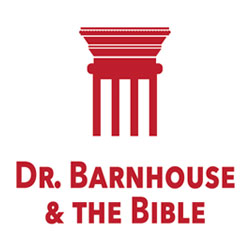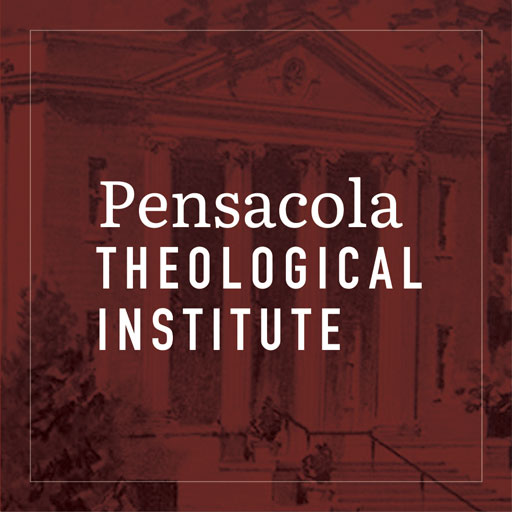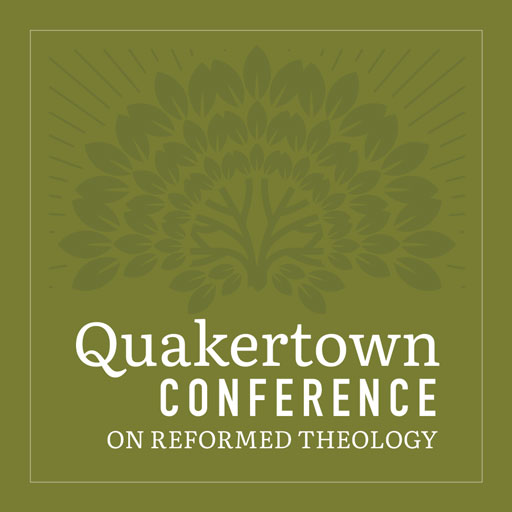
Justitia Sengers – a Forgotten Sixteenth-Century Exegete
Justitia Sengers – a Forgotten Sixteenth-Century Exegete
Blindness was common in ancient, medieval, and early modern Europe, due to the frequency of infections, malnutrition, accidents, and acts of violence, as well as to the lack of effective treatments. Some men, such as Jan Žižka, a commander of the Hussite forces, became legendary for their courage despite their blindness. Žižka, who had lost one eye in his youth, lost the other one in battle but still went on to lead his troops to victory.
Many blind people lived in poverty and were reduced to begging. Others were supported by their families. Most of them, however, were exposed to some kind of abuse and derision.
While the church in the Middle Ages provided some hostels for the blind, in the early modern era Juan Luis Vives, a Spanish humanist, began to advocate for training for the blind so they could work. “Some have a literary disposition,” he said, “provided that someone read to them. Let them study, for we observe that a number of them make progress in erudition that is not to be disdained.”[1]
Justitia Sengers was one of these people with a literary disposition. We know very little about her. In her commentary on Psalm 69, published in 1585 under the title Trostbüchlein, uber den Neun und Sechzigsten Psalm (Little Book of Comfort on the Subject of the Sixty-Ninth Psalm),[2] she doesn’t talk about herself. Only the title of the 1593 reprint of the same work mentions her blindness: From the Holy Ghost’s Description of the Suffering and Death of Our Lord Jesus Christ, by a Maiden Who Was Born Blind, Justitia Sengers in Braunsweig. And that’s all we know.
The first edition was dedicated to King Frederick II of Denmark. It went through many new editions. In 1610, it was reprinted by Frederick’s daughter, then Electress Hedwig of Saxony, “for the promotion of devotions in the home.”[3]
According to Joy A. Schroeder, Professor of Church History at Trinity Lutheran Seminary at Capital University, “Sengers’s book arguably represents the most sustained work of scriptural interpretation written by a sixteenth-century Lutheran woman.”[4] In a book authored with Marion A. Taylor, Schroeder points out the uniqueness of this work: “This commentary format was usually the purview of highly educated men. As a female author of a lengthy devotional commentary, Sengers (like Katharina Schutz Zell) was a notable exception.”[5]
In the foreword of the book, Sengers tells us that she felt compelled by the Holy Spirit to write this book but hesitated to do it, fearing criticism. Finally, she concluded that, if God wanted her to write this book, he would deal with her critics. As many other Christian female writers, she justified her authorship by bringing up examples of women who expressed praises to God: Miriam, Mary, and Monica (mother of Augustine of Hippo).
Apparently Sengers came from a wealthy family who invested in her education. We don’t know if she learned strictly through listening or if she employed the method of reading by feeling raised letters on boards (first mentioned by the Roman rhetorician Quintilianus and later promoted by Erasmus of Rotterdam). In any case, she was well acquainted with both Scriptures (her book is full of biblical references) and Lutheran teachings.
Her “little book” takes up over 400 pages. The subtitle of the first edition (most likely added by the editor) sums up its contents: About the Suffering and Death of Our Lord Jesus Christ and about Our Cross and Suffering, as We Must Step in the Footprints of Christ, and What a Wonderful Reward We Will Receive, Ornamented with a Few Beautiful Prayers.
Sengers speaks in fact of her blindness as a “heavy cross.” At the same time, she is generous in her expressions of praise and thankfulness to God for the blessings she has received – particularly for the light of God’s knowledge that abundantly made up for her physical blindness – and for the “wonderful reward” to come. This attitude makes her book particularly encouraging. Each chapter ends with a heartfelt prayer that all Christians can make their own.
Psalm 69 is a Psalm of lament by David that has been traditionally applied also to Christ in his earthly sufferings. Adopting the same approach, Sengers divides the Psalm into three sections: verses 1-22, 23-30, and 31-36. Besides exploring these literary/historical and Christological angles, she applies each verse to herself and to her readers.
Although she does not give us details of her struggles as a blind woman in the sixteenth century, we know she could identify with David’s cry. Commenting on verse 1, “Save me, O God! For the waters have come up to my neck,” she notices the economy of words. “At times our misery is so great, the fear is so severe, that we cannot even utter many words. Indeed, we probably cannot pray anything at all.”[6]
The focus of her book, however, is Christ and all his benefits – Christ who is “the strength of the weak, the power of those who toil, the comfort of the troubled, a joy to the sad, an aid to those who are tempted, a God of comfort and of patience.”[7]
Her theodicity is traditional: mankind has brought pain and suffering into this world by sin but God has provided a remedy in Christ. In this life, God’s decisions are beyond our knowledge, but they are always in conformity to his character as the only all-wise and all-loving God.
Jesus’s suffering before and on the cross is a source of comfort to believers because it reminds them of the intensity and scope of God’s love. “Your Lord Christ leads you with him into the garden in order to give you a certain sign that he loves us,” she wrote, “yes, that he is your friend; and we should not let this comfort be taken away.”
Besides, through this life’s trials, Senger tells us, we can be comforted by the hope of the glorious realities that await us in heaven, when everyone will see, like Elisha’s servant in 2 Kings 6, what is now hidden even from those who are not physically blind.
Sengers’s exceptional book is now waiting for an English translation. Hopefully someone will take up this challenge.
[1] Zina Weygand, The Blind in French Society from the Middle Ages to the Century of Louis Braille, Transl. Emily-Jane Cohen, Stanford University Press, 2009, 28
[2] Trostbüchlein, uber den Neun und Sechzigsten. Psalm (Little Book of Comfort on the Subject of the Sixty-Ninth Psalm), Magdeburg, 1586. The only German version online is that of the 1593 reprint, Des Heiligen Geistes Beschreibung Vom Leiden und Sterben unsers Herrn Jesu Christi durch ein blindgeborne Jungfraw Justitiae Sengers in Braunschweig, https://play.google.com/books/reader?id=rR9aAAAAcAAJ&pg=GBS.PA1-IA1&hl=en
[3] Quoted in Lynne Tatlock, Enduring Loss in Early Modern Germany: Cross Disciplinary Perspective, Koninklijike Brill NV 2010, 148
[4] Joy A. Schroeder, “Did Sixteenth-century Lutheran Women Have a Reformation?” Currents in Theology and Mission, 2019.
[5] Joy A. Schroeder, Marion Ann Taylor, Voices Long Silenced: Women Biblical Interpreters through the Centuries, John Knox Press, 2022
[6] Trostbüchlein, 8-9, quoted in Isa Hauser and Marion Ann Taylor, “Sengers, Justitia,” in Marion Ann Taylor and Agnes Choi, Handbook of Women Biblical Interpreters, Baker Publishing Group, 2012, 447.
[7] Des Heiligen Geistes, fol. 17 (verso), quoted in Susan C. Karant-Nunn, The Reformation of Feeling, Shaping the Religious Emotions in Early Modern Germany, Oxford University Press, 2010, 228

























